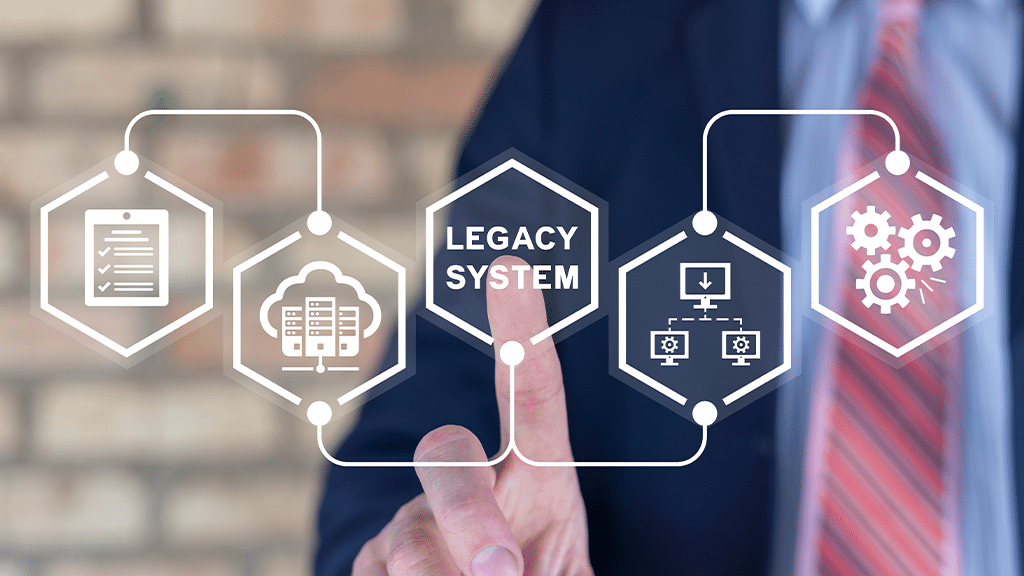Data modernization has become a top priority for businesses aiming to stay competitive and make smarter decisions. Transitioning from legacy databases to modern data platforms is transforming IT architectures worldwide, enabling organizations to harness advanced capabilities. In fact, a recent survey by MIT Technology Review of 350 senior data and technology executives revealed that over half of these leaders have initiated modernization projects within the past two years, with another quarter planning to start soon. Other studies echo this, showing a strong commitment among companies to enhance their data infrastructure.
The rise in AI, particularly generative AI, is closely tied to this surge in data modernization efforts. However, it’s not the only factor; improving decision-making is the primary driver for 46% of executives, while nearly 40% are motivated by the need to support AI models, and 38% prioritize decarbonization goals. Improving compliance and operational efficiency also remain essential incentives.
Despite progress, many organizations face challenges with strategy alignment and goal setting in their modernization journeys. In this blog, we’ll outline a practical data modernization roadmap for getting started with data modernization, addressing common obstacles, and showing how Microsoft’s technology stack can accelerate this process effectively.
Why data modernization matters: Building a data-driven business mindset
Data-first modernization is all about making data the core of your business strategy. It means reimagining how you gather, store, and use data to fuel growth, improve efficiency, and spark innovation. It starts with simple but crucial questions: What data do you actually need? Where are you using it? And how can you get more value from it? It’s about ensuring your data works for you, not vice versa. Most businesses tend to focus on modernizing their infrastructure first, then their applications, and finally, their data. But what’s really needed is a shift in thinking—starting with a solid data strategy right from the beginning, not leaving it as an afterthought. Data should come first, not last, in your modernization journey.
Data-first leaders who prioritize and excel in managing their data effectively are five times more likely to be well-prepared and able to recover quickly from data loss incidents than those who don’t have strong data management practices. The idea is to treat data as a valuable asset. By updating your data systems, whether by moving to the cloud or improving analytics, you can access accurate insights instantly, helping teams make faster, more informed decisions.
Discover more: What is data modernization: Best practices for future-ready data management.
Navigating data modernization challenges: Aligning strategy with success
Many organizations have a data strategy as a foundational part of their data modernization efforts, yet simply having a strategy isn’t enough to unlock its full potential. To achieve maximum impact, align the data strategy fully with the organization’s core business objectives. Without this alignment, the strategy may fail to deliver meaningful value and support key initiatives.
Achieving data modernization goals requires commitment across departments and strategic guidance on implementation decisions. However, several data modernization challenges can impede successful deployment and integration. Here’s a closer look at these hurdles:
Large, fragmented volume of data silos
One of the biggest hurdles in big data modernization is the sheer volume of data silos across an organization. These silos often exist in various forms, with data coming from different departments, systems, or even third-party platforms. The heterogeneity of these data sources—structured and unstructured creates complexities in data integration.
Bringing together fragmented datasets into a unified analytics platform requires significant effort, as businesses need to ensure data consistency and compatibility. If not handled carefully, this slows down the data modernization process and prevents businesses from fully leveraging the insights hidden in their data.
Bulky legacy systems
Legacy systems, while still operational, often pose one of the greatest obstacles to data platform modernization. These outdated systems were not built to handle modern data needs or integrate seamlessly with cloud platforms, leading to inefficiencies and limited scalability. Migrating data from these bulky systems is time-consuming and risky, as legacy databases may not support modern data formats or processing requirements.
Even though these systems are inefficient, there may be reluctance to invest in new infrastructure. So, clinging to legacy systems prevents businesses from fully capitalizing on the flexibility and scalability offered by modern cloud platforms.
Talent gaps
The shortage of skilled professionals capable of driving data modernization initiatives is another significant challenge. Organizations often struggle to find talent with the necessary expertise in modern data technologies, data analytics, and cloud computing. This skills gap can slow down the modernization process, as existing employees may require extensive training to adapt to new systems. Investing in training programs and collaborating with educational institutions can help organizations bridge this gap and build a workforce that is well-equipped to handle data modernization efforts.
lytics or real-time reporting) and then align these objectives with Fabric’s capabilities. This will ensure your modernization efforts are laser-focused and deliver measurable value.











